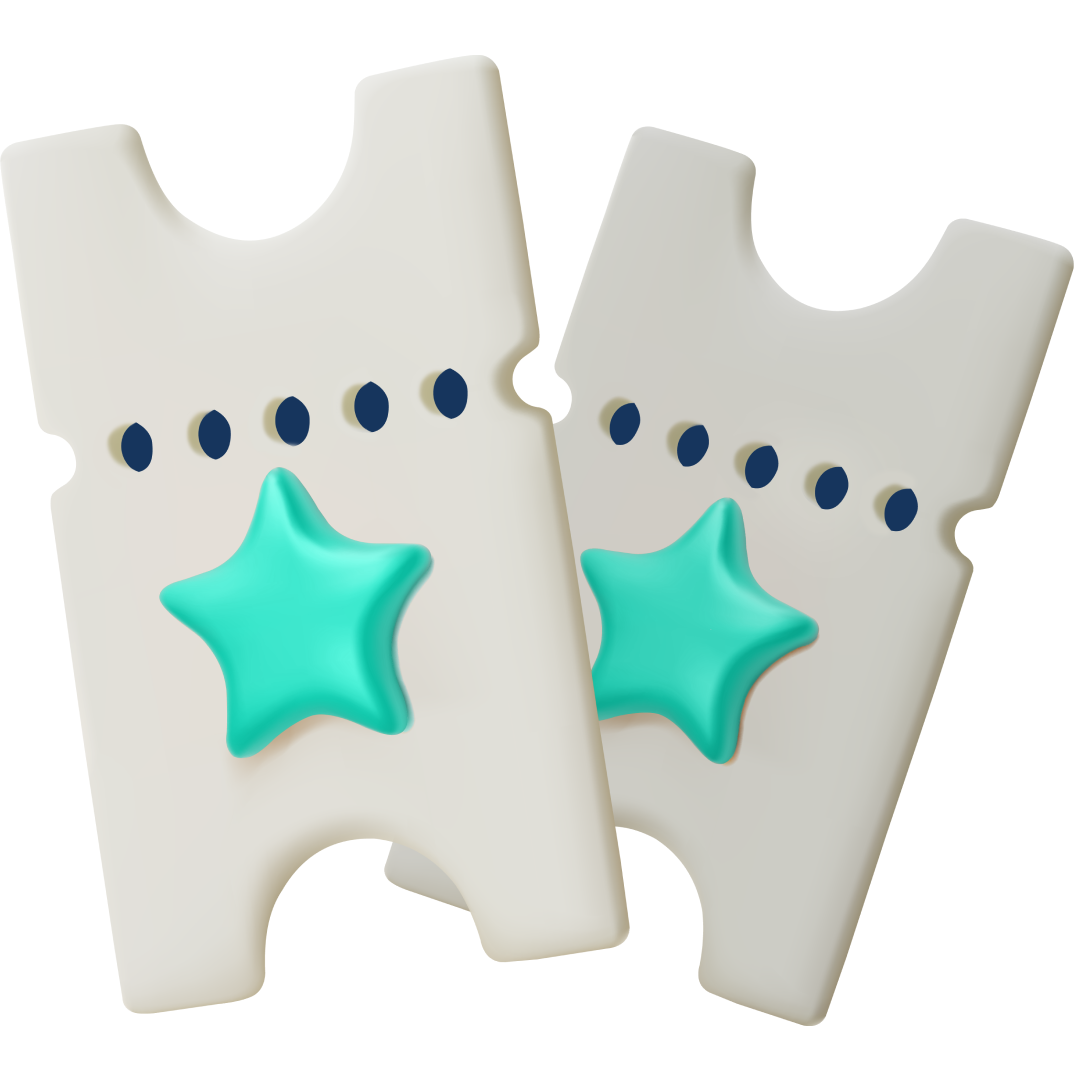The nominees for the 2012 Czech Grand Design awards, which are now on display until March 31 at the National Technical Museum, provide an opportunity to have a look at the best of the best (according to the judges) in the steadily burgeoning Czech design scene.
Along with this annual award – now in its seventh year – events like DesignSupermarket, Fashion Week, and the city’s largest annual design event – Designblok, which will mark its fifteenth year in 2013 (and in its 2012 iteration saw a remarkable line-up of international participants) – are also reflecting the growth of Czech design. As well, in the last two decades, a number of design shops serving as both galleries and sales points for Czech design have been popping around the city, including the shop of Qubus studio (which has a small shop in the city center and a larger one in DOX), Hard de Core, Futurista Universem and most recently De-sign.cz – to name a few.
Just a few year’s ago, the online portal Czechdesign.cz opened a physical space for exhibitions and other design related events to bring Czech design closer to the public and producers. Profil media, the organization behind Designblok, opened Křehký gallery in 2010 – a space presenting contemporary design exhibitions and also their own line of limited edition pieces. Designeast.eu, founded by Czech designer Martin Žampach, is a popular blog bringing Czech design – along with design from other countries in Central and Eastern Europe – to a broader audience.
What defines Czech design?
“… A lot of designers work with glass, which is unique: it comes from the history of the Czech industry,” says Jana Zielinkski, director of Profil media and Designblok, “and I see a special sense of humor and as well a strong affection for the Czech traditions in glass, furniture and porcelain.” Adam Štěch, leader of the design-focused group Okolo, expresses a similar view. “Mainly [what defines Czech design] is a strong tradition of production of porcelain and glass. Glass is very connected to Czech design in history in the 19th century, as well as during the modernist movement of the 1930s. The heyday of Czech glass came in the 1960s and 1970s, where glass became a real artistic movement and medium,” Štěch says. “Today, glass is returning after a bad situation after the 1990s when a lot of companies went bankrupt; Companies like Lasvit, Bomma or other smaller labels are now continuing with the design glass tradition.”
Qubus studio is one group that stands out for its work with both glass and porcelain. Jakub Berdych and former partner Maxim Velčovský made their mark both locally and internationally through their unique take on the materials, working with traditional producers and adding that ‘special sense of humor’. Other Czech designers noted for their work with glass include Rony Plesl, Michaela Tomišková and Olgoj Chorchoj. In regard to porcelain, Daniel Piršč consistently receives recognition for his innovative work including 3D porcelain wallpaper.
What’s happening right now?
“Also associated with Czech design is its austerity and functionalist tradition, which was very strong during the modernist movement. Today, I think, it is more or less cliché. A lot of conceptual, natural or humorous approaches are what we can find in Czech design now,” says Štěch. Along with expressing that many designers “use ideas more connected with art,” Zielinski shares some ideas with Štěch.
“Although within the last twenty years we could see a strong inclination to the Czech traditions of functionalismand cubism reflected in the work of designers, contemporary Czech design is more about organic forms about natural materials and about traditional crafts.”
As an example, Zielinski points to Paris-based Czech designer Lucie Koldová – working with partner Dan Yeffet – and their Muffin Lamp. “Connecting wood, a handmade cut and the highest quality of Czech glass, the lamps are manufactured to be sold in prestigious galleries around the world, “says Zielinski. “ [It is] the story of Czech glass artistry and contemporary design, which in the end looks more like an art object.” Wood in general is a natural material that is being used often in Czech design. Long standing company TON is famous for its bentwood chairs. Furniture and interior’s company LUGI, under the creative direction of designer Matěj Chabera, also works heavily in wood. Other designers of note working in wood include Tomáš Bém, Klára Šumová and Vyrobeno Lesem. In the same vain, Czech design sees work inspired by nature, including KriKri or Kristýna Pojerová.
Unique materials, heavy metal
The Czech world of jewelry design reflects the use of innovative materials and processes and – consistently – robust executions. For examples, you can look to this year’s finalists and nominees in the category of Jewelry Designer of the Year for the Czech Grand Design awards. There is Janja Prokič whose Super Powers collection incorporates fur with leather, pearls and semi-precious stones. Another finalist and often favorite, Markéta Richterová, uses Corian or resin in her White rings. She is also behind Blueberries, along with designer Zbyněk Krulich, a collection of 3D printed nylon jewelry.
Retro, Vintage, Recycled
“Retro is trendy everywhere now, in the form of re-editions, for example Vratislav Šotola for Křehký, as well as selling vintage pieces – including the company Nanovo – or as inspiration for contemporary designs, “ says Štěch. Similar to Nanovo, Cohn studio has been hosting Cohnauction at Designblok for the last five years, auctioning off twentieth-century design items. As well, various iconic Czech brands have recently been revived including Botas and Favorit. Design items made from recycled materials have also been on the rise, including recycled furniture from Jan Soukup and Jakub Bechyně – nominees for this year’s Czech Grand Design awards – and the variety of items from Trashmade.
Czech companies working with Czech designers
Along with Lasvit and Bomma, several Czech companies are working with designers to keep traditions alive and help grow the Czech design scene. Glass brand Brokis works with Koldová and Yeffet, Olgoj Chorchoj and Daniel Gonzalez. Also working with Koldová and Yeffet is outdoor furniture company mmcité. TON, which recently reopened its showroom at Karlovo náměstí, works with Olgoj Chorchoj, who function as creative director working with designers like René Šulc.
Czechs on the international stage: room to grow
The above mentioned companies are also working with a line-up of international designers, bringing recognition to the Czech Republic through their brand. Most significant, design glass company Lasvit received worldwide recognition this past spring through their work with Japanese design studio Nendo and London-based designer Ross Lovegrove at the 2012 Salone del Mobile in Milan – the world’s most renowned furniture fair. However, according to both Zielinski and designer Matěj Chabera, the Czech design presence abroad remains small. “Czech design as a phenomenon does not have an international presence as the Czech state is not really interested in showing contemporary designers or companies abroad,” says Zielinski. “[Gaining a larger presence] will probably be more and more about private and commercial presentations.”
“Czech design is basically very small. This also defines the international presence of Czech design,” says Chabera. “Czech design is growing very little because there is not enough quality in schools, not enough international confrontation and not enough money to fire up creative freedom. The only potential breeding ground is probably the Olgoj Chorchoj led design department at the Academy of Arts, Architecture and Design in Prague. However, having said that I do find the growth of individuals companies – LUGI, mmcite, Brokis, Verreum, Lasvit, TON – very positive. However, the largest effect has been brought on mostly by foreign established designers. But as with many things, there is a long way to go before Czech design will have a say internationally.”
Along with expressing his appreciation for the work of Paris-based Koldová, Chabera remarks, “Personally I am trying to improve that situation by my move to London, my work at the Royal College of Art – as the only Czech student – and by opening co-operation with international clients.”
Another means through which Czech design is currently getting some international exposure is through the Common Roots exhibition at Design Museum Holon in Israel.
This is the first installment in a new series on design. In the coming months, Expats.cz will take a more in-depth look at the people, places and spaces that are defining Czech design and (we hope) provide some inspiration for your own design ideas. Next up: Small spaces!
Related articles












 Reading time: 7 minutes
Reading time: 7 minutes 




























